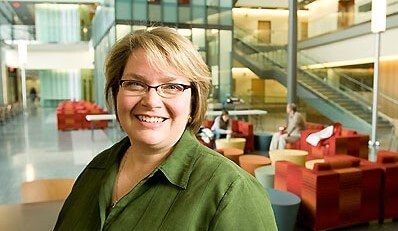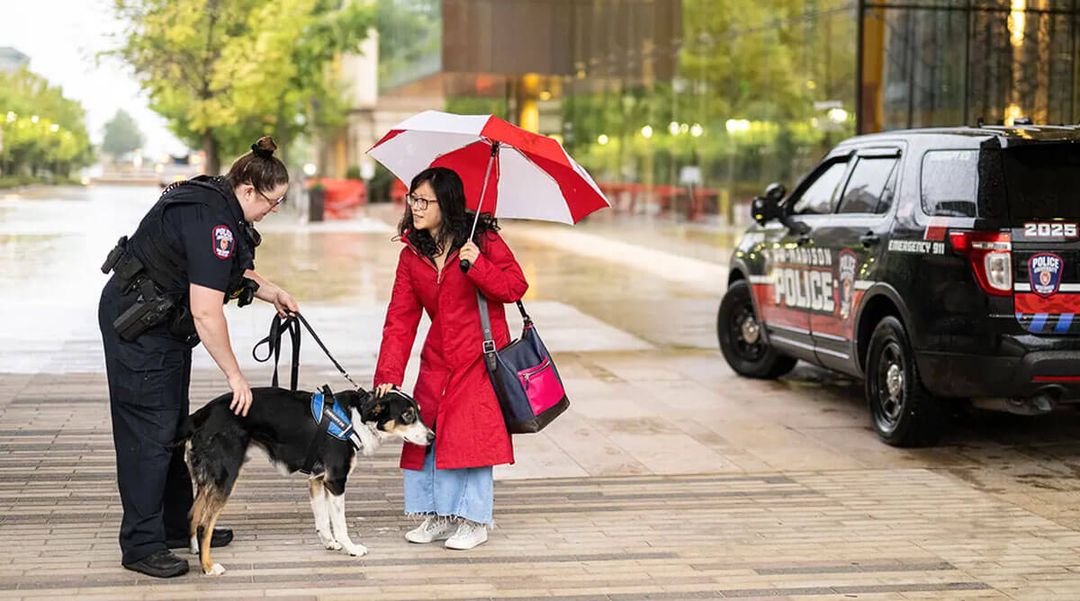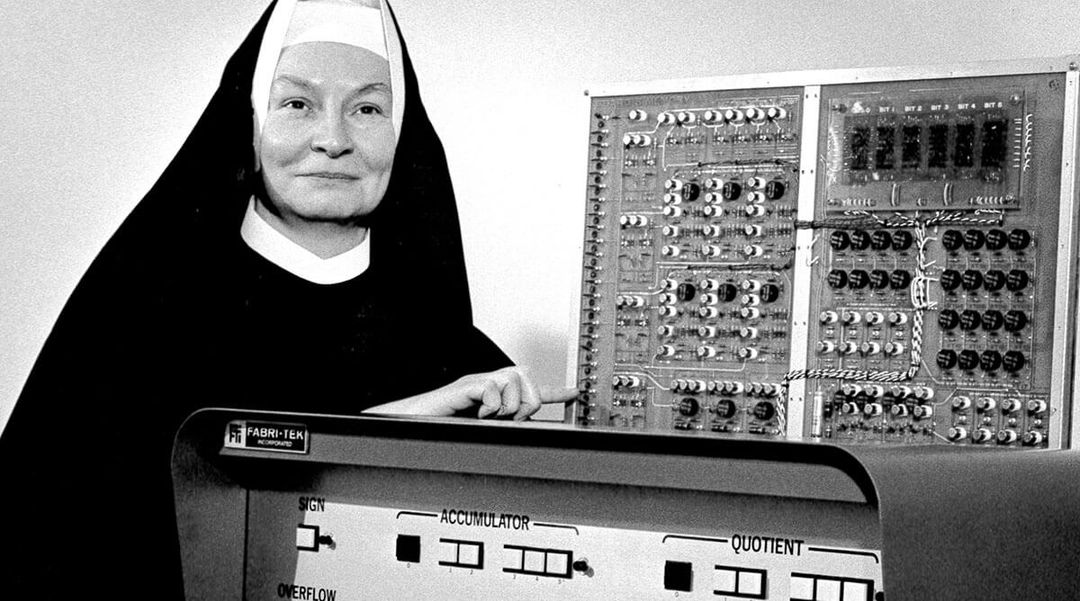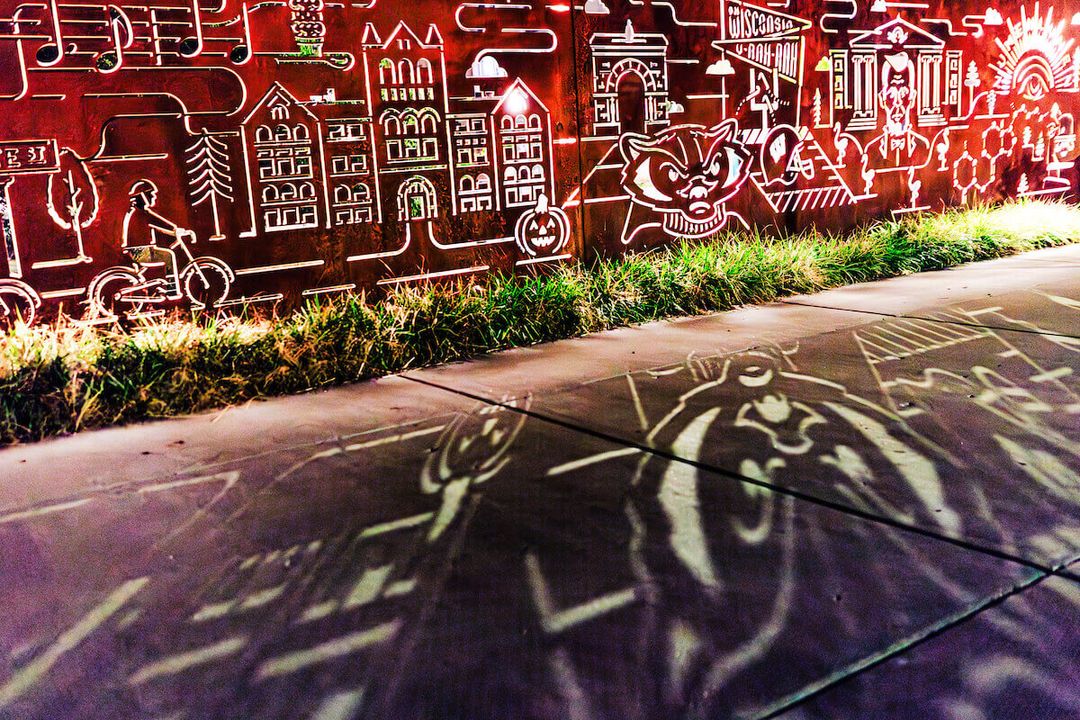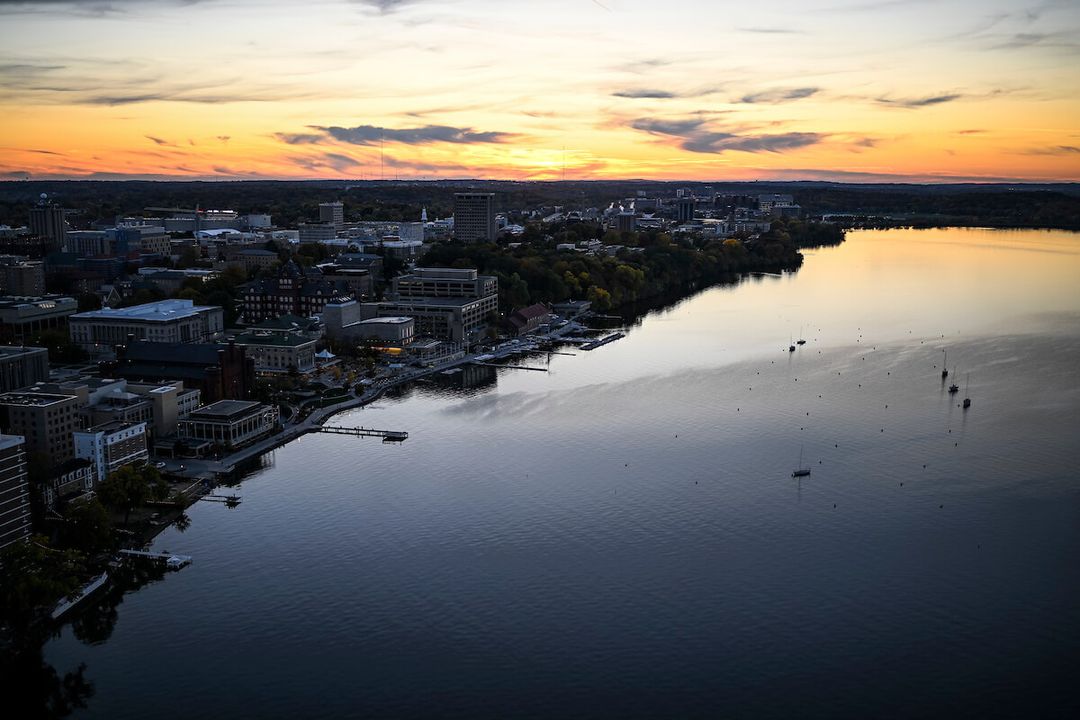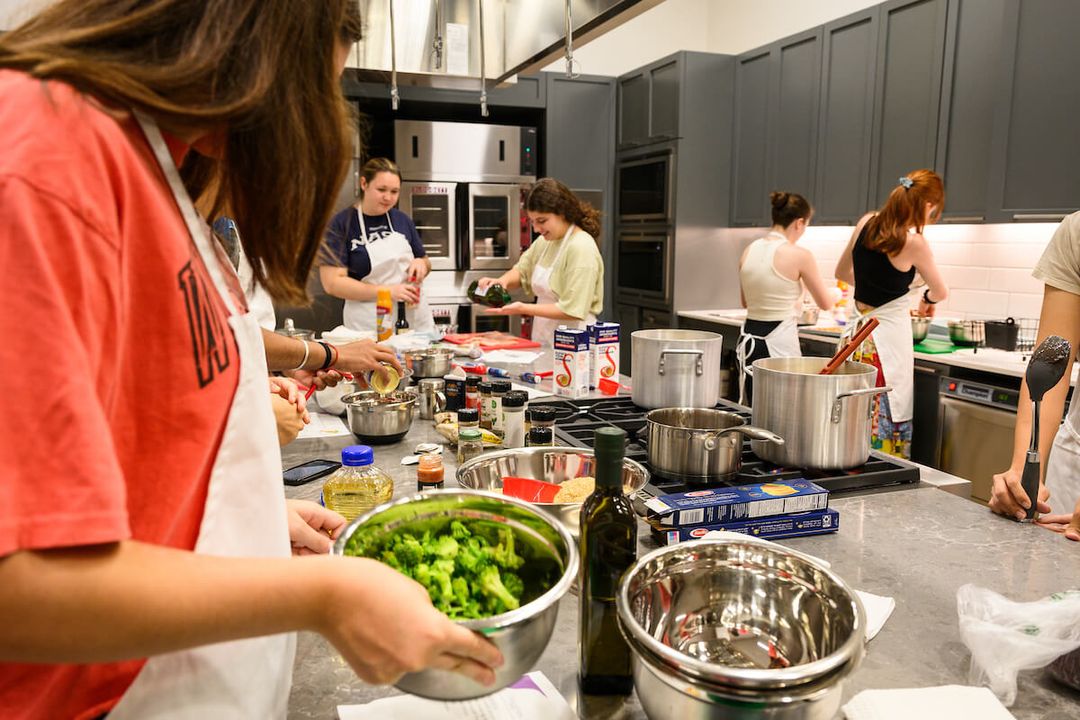When Gwen Drury started researching the expansive, 100-year history of the Wisconsin Idea, she was impressed by the university’s culture and the rich stories of how it manifested itself again and again during the last century.
But she also discovered that people’s knowledge and opinions about it had changed significantly, and the only way that today’s UW alumni and friends could truly appreciate their shared history was to learn about it — and more importantly, to discuss it with each other.
Drury will share her expertise on the Wisconsin Idea as the featured speaker at the Wisconsin Alumni Association’s Campus Founders’ Day on Monday, February 6, and she promises that everyone will be surprised by at least one thing they didn’t know about UW-Madison and the state.

Drury grew up in Maryland and earned undergraduate degrees in English and history at Frostburg State. After working at several institutions, she became fascinated with how differently each university or college functioned. When she decided to pursue a PhD, she wanted to focus on the role of place in the development of “social capital,” or how the layout of a campus or community influences how people connect with each other.
As she traced the concept of social capital further back in time, she stumbled upon a pamphlet written by a West Virginia school administrator in 1916 about the concept of a “community center.” In it, he referenced an event called the First National Conference on Social and Civic Center Development, which was sponsored by the UW-Extension and held at the Red Gym in Madison in 1911 — 65 years earlier than scholars had previously thought the concept of “social capital” even existed.
“I had goose bumps!” Drury recalls. “I did not expect to trace this back to Madison. And the more I started looking, the more interesting it became.”
Drury also found a 1940s map of the UW campus on which residence halls and the union were color-coded and labeled ‘social centers.’
“I began to realize what a huge emphasis our former leaders placed not only on getting information to students and citizens,” she says, “but also on helping create processes where they could develop strengths and power as citizens, just by getting to know one another.
“It’s what the Wisconsin Idea is about: finding ways to share knowledge with the residents of the state, because knowledge is power; and connecting them with each other, because connection is power. And UW and state leaders wanted Wisconsin citizens to have as much power as they can.
Long before enrolling as a PhD student in the Educational Leadership and Policy Department, Drury’s interest in UW-Madison was sparked by the tales her husband told about his family’s generations-old relationship with the university.
“I’ve always been interested in their family history with the UW,” she says, “and there’s just something special about the culture here at Wisconsin.”
The first UW alumnus to earn a master’s degree in agronomy was actually a distant cousin — and the man who, Drury says, beautifully illustrates someone who lived the Wisconsin Idea. As a graduate student in the early 1900s, Larry Graber 1910, MS1912 was charged with improving the state’s agricultural economy by convincing farmers to trade in their wheat crops for winter-hardy alfalfa, providing better nutrition for their cattle year-round and thereby extending how long cows would produce high-quality milk.
“His work with alfalfa helped push the dairy industry into turbo drive,” Drury says. “But he let people make their own decisions. That’s what the Wisconsin Idea is about: reaching out to the citizens, giving them the power to think for themselves and seek out new information.”
“There was such a sense of commitment to making life better for the people of the state, and helping them make their own lives better,” she continues. “It catapulted us to being the most famous state university in the country at the time.”
Drury says that over time, the Wisconsin Idea has morphed, and different people are attracted to different pieces of it, depending on how it fits into their lives.
“Everyone’s too spread out right now for it to be a helpful concept,” she says. “And many people miss the meaning of why it came about in the first place. We need to bring people together to discuss what it meant then and what it means now, because unless you’re trying to piece it together as a whole, you won’t get the richness of the big picture.”
That spurred Drury into collaborating with the Community Partnerships and Outreach Staff Network and UHS to pull together a condensed history of the Wisconsin Idea and how it has developed over the past century into a cornerstone of the University of Wisconsin. (View the PDF to read more.)
“My piece is a conversational football for people to kick around, and ask themselves about the history and the original intent, and what kind of guidance can we take from this today,” she explains. “Probably everyone today has some knowledge gap about the power behind the Wisconsin Idea, and now there is something available that's an ‘easy read’ if they want to catch up.”
And while learning about the beginnings of the concept is an important first step, Drury believes that the Wisconsin Idea is ever evolving and needs to remain top of mind in today’s changing world.
“This university became the national leader among state universities, and a national leader for good, clean government,” she says. “We started setting the pace for everybody else in the 1900s. We can be proud of that, but we can’t rest on our laurels.”
